RSS
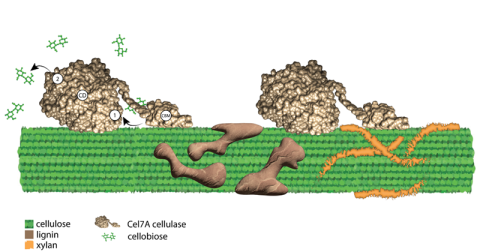
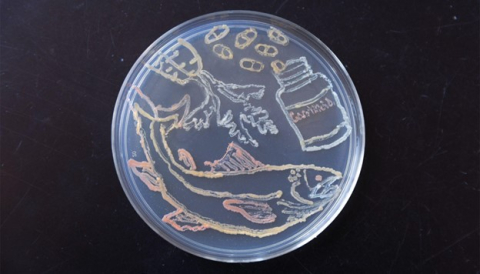

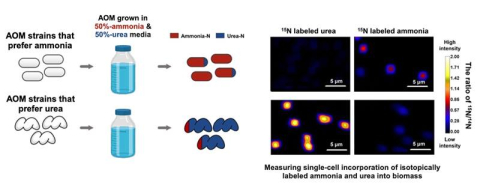



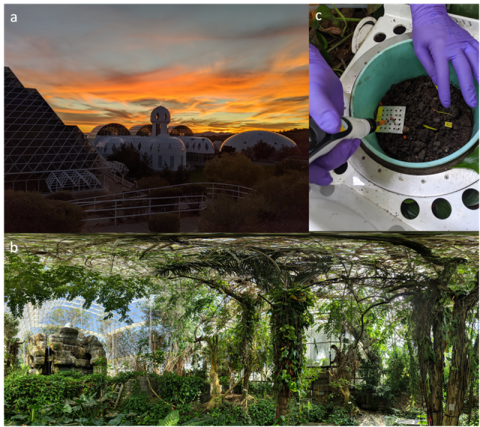
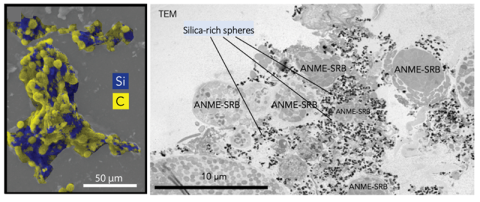
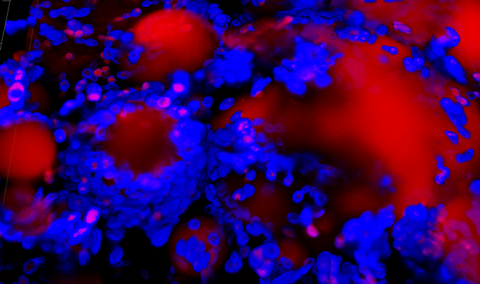

A specialized microscope allows investigations of single molecules of cellulase enzymes.

Genetically modified bacteria brews two valuable products from underutilized plant fiber, potentially reducing fossil fuel use.

Scientists create a genome-wide map of gene activity in bacteriophages.

Research on ammonia-oxidizing microorganisms reshapes scientists’ perspective on those microbes’ physiology and ecological niche.

Entangled photons reveal completely different information about an organic molecule than traditional spectroscopy techniques.

Pseudomonas putida uses cheap plant biomass as a carbon source to make the precursor isoprenol.

Assessing the genomes of soil bacteria around the globe, researchers identified three dominant life strategies linked to different types of soil.

In a warmer world, microbes in drought-stricken soils convert less carbon to carbon dioxide and more to volatile intermediates.

Microorganisms and their metabolisms help silica to mineralize near deep ocean methane seeps.

Yarrowia lipolytica reallocates its production of protein toward energy and lipid metabolism to grow on hydrocarbons and produce high-value chemicals.

